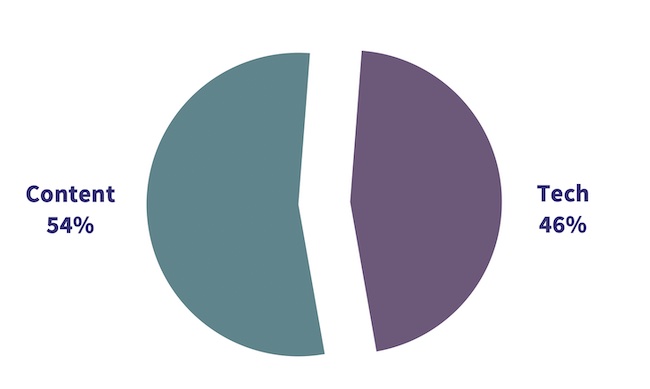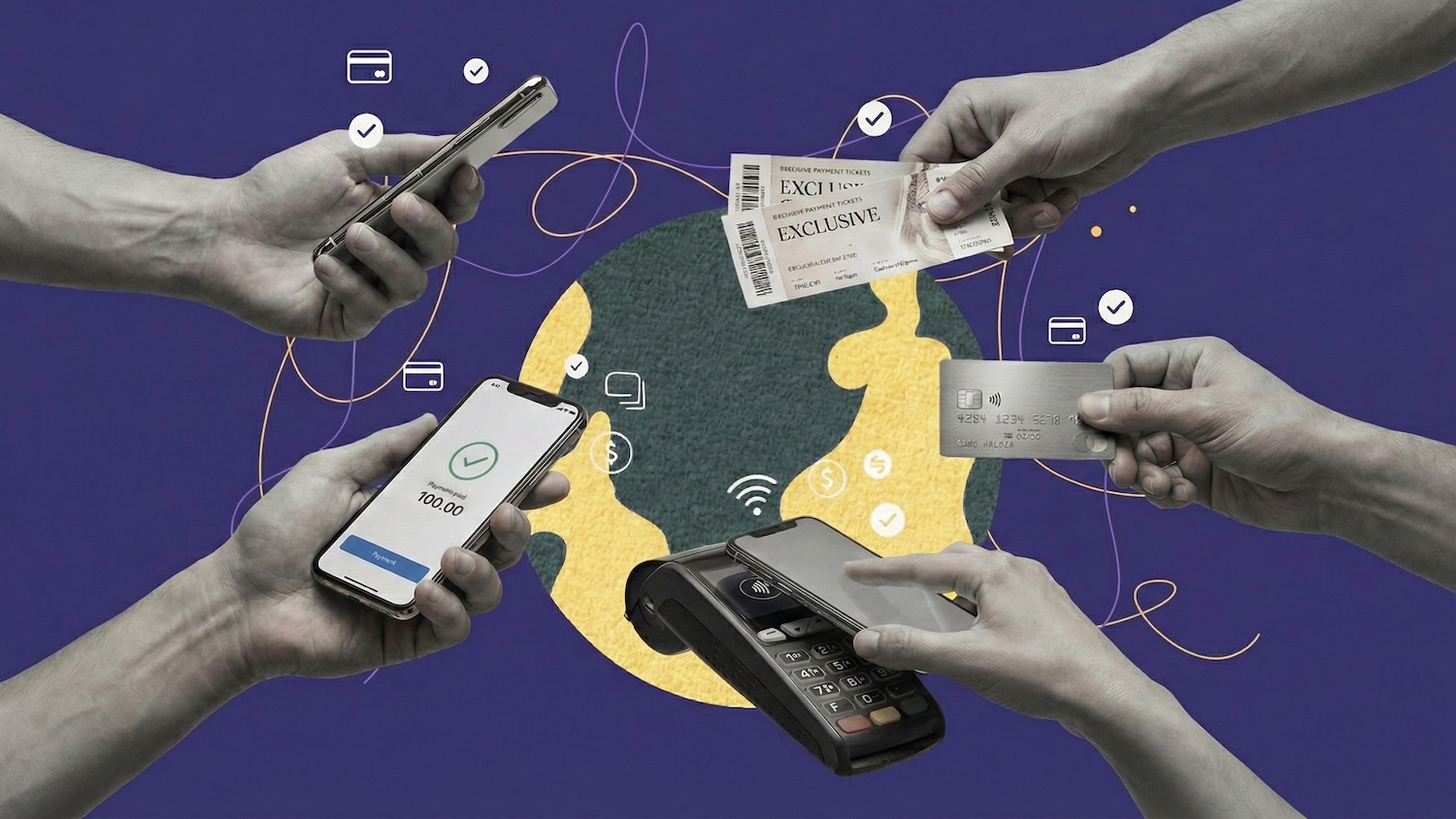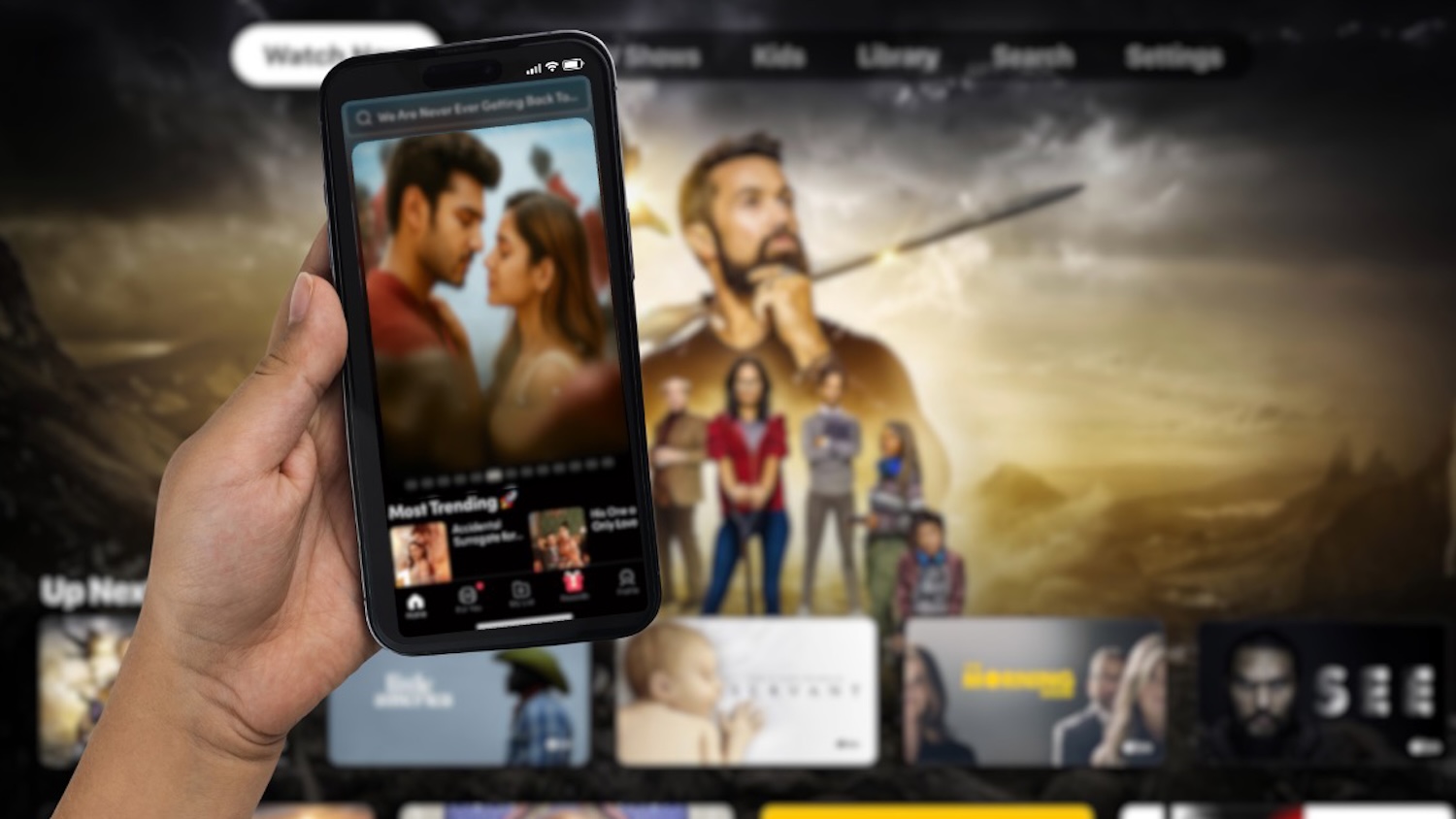


Content is King. We have all heard that at some point or the other.
‘People watch programs and not channels’ is another oft-repeated (though deceptive, even untrue) adage in the entertainment business.
In more than 22 years that I have been involved with the media & entertainment business in India, there has been very little I have heard or read that challenges the supremacy of content. The television industry would spend millions on ensuring good distribution for their channels, so that the content can reach its desired audience. But if the content itself was poor, even 100% distribution (PCS in the analog days, if you are old enough to know or remember that) will not come to your rescue. Because, well, content is king.
It makes sense, of course. People watch content to satisfy their needs, such as to relax and escape from the drudgery of the world around them, or to be inspired by stories of people they look upto. If the content on offer could fulfill a need being felt in that moment, and do it better than other options available, it would find an audience.
We have seen the rise of digital video entertainment in India over the last decade, and the video streaming category is now on a momentous growth path, aided in no small measure by the pandemic. A streaming platform is just another method of delivery of content, and the well-established premise, that content reigns supreme, should still apply.
Hence, when I kept hearing audiences talk at length about the user experience (or sometimes the lack of it) on streaming platforms in our focus groups, something struck me as odd. The ‘platform’ itself is generally invisible to the audience. Film-goers don’t speak about the theatre premises unless you specifically ask them. TV viewers must be nudged more than once to shift their focus from specific programs, characters and anchors to the channels that carry these content pieces. Why would streaming audiences be so pre-occupied with talking of how an app’s interface is, whether it has the right features, does it enable content discovery, etc. And this in a market that’s far from mature.
The observations were intriguing enough to merit factualization. Hence, we asked a simple binary question to more than 1,200 SVOD audience in India: For you to like an OTT app that you watch (paid) content on, which of these two is more important?
The app should have great content (programs, movies, etc.)
The app should have great features, like video quality, subtitles, search options, does not hang, etc.
Let’s call these two options Content and Tech. Many in the streaming business use the word ‘Product’ for the latter, but I find that utterly confusing, because in the classical marketing sense, Content is as much as a part of the ‘product’ as Tech is.
The Tech is not a consumer benefit. No one is watching Netflix or Disney+ Hotstar because of how good their Tech is. People come to watch Content. And hence, one would expect that a sizeable section of the audience, an overwhelming majority, picked the first option.
But that’s not what we learnt!

Let’s digest this: Almost half the audience (and the number is very consistent by demographics) believe the Tech is more important than the Content. On the face of it, this makes little sense. In a hypothetical scenario, if you had the world’s best Tech in a streaming platform, but they had the 10 worst shows of all time to offer as their only content, would anyone be spending time on that platform just because its Tech is, well, so enamoring?
But that’s the thing. We don’t live in a hypothetical world. In a real world, all platforms have some good content. Some have more good content as a proportion of their total content vis-à-vis competition. Some have more good content because they have more content in general. But there are always things worth watching to find on every platform, if you indeed get down to finding them. It’s viewing ‘not by appointment’ so to speak. An audience may switch on their TV to watch a particular show or channel at an appointed time, or to randomly surf till they find something that holds their attention. But streaming operates differently.
The choice of the platform often precedes the choice of content in streaming. Yes, there will be days when you want to watch IPL or The Family Man or Money Heist, and hence go to Disney+ Hotstar, Amazon Prime Video or Netflix respectively. But a staggering proportion (70%+) of viewing sessions do not have a pre-decided piece of Content being sought. These sessions are, hence, platform-led. ‘Let me see what’s good on Hotstar today’, for example.
The task of finding the right content at the right time, to go with the mood/ need state the one is in, is a fairly complex one. Television has been a do-it-to-me medium all these years. You could just surf till you hit something that grabs your attention. But in streaming, you must browse and navigate, and eventually select. This may entail reading synopsis, if not reviews. If requires you to apply your mind, even if only for a few minutes. In a study we conducted in 2019, 15 minutes was the minimum time more than 85% audience spent on a show or a film on streaming, before they decided whether to watch it further or not. But getting them to watch to begin with emerged as the real challenge.
This is where good Tech comes in. It can make the process of discovery, and the experience of deciding on that one show or film to watch at that time, easier for the audience. Good Tech can ‘do it to you’, than leaving it to you to do it yourself.
But that still does not explain some parts of the Tech statement posed to the audience, such as video quality or subtitles. Each of those aspects create a comfort that a particular app has good Tech, and that it can be trusted to offer a seamless do-it-to-me experience, which starts with discovery, but ends with a smooth, uninterrupted viewing session.
If there’s a great show that everyone is loving around you, would you watch it on a platform that has notoriously poor Tech? Very likely you will, even if you curse the app for making your life a living hell while you watched it. But such great shows with universal appeal are far and few in between. Most viewing on streaming is about content that’s niche, addressing a taste cluster that has hundreds of other options across platforms available as alternatives. In other words, streaming has far more substitutability than other forms of content delivery, including television and movie theatres.
Which is where good Tech comes in so handy. A good-Tech platform can become the go-to choice for an unplanned viewing session, and become the platform of choice over time, even if competition has arguably better Content. When poor Tech comes up as a barrier in platform equity studies, it’s often cited (by the platform in question) how expensive a robust streaming ‘product’ can be. But then, the same platform would spend the top dollar on acquiring big-ticket films to bolster their Content offering, often without knowing if the Content is any good at all.
One can’t fault this approach much. If you have been trained on traditional content delivery platforms, you will be inclined to prioritize Content over Tech, almost instinctively. But the chart above should make you wonder if the traditional training, which is almost muscle memory by now, is worth holding on to.
Streaming is a new-age medium, and it needs executives to think new-age too. The Indian audience, in early stages of their streaming evolution, have been able to assess how important good Tech is, in this category. It’s about time our homegrown platforms take notice.
So, if you, the head of a new streaming platform, had 100 rupees to spend on Tech and Content put together, how would you split them?

Introducing Ormax Media Affluence (OMA)
OMA is a new audience classification system designed specifically to measure affluence level of audiences in context of the media & entertainment sector in India

From CTV to Micro Dramas: India's fascinating OTT spectrum
The simultaneous rise of Connected TV and Micro Drama audiences in India over the last year highlights how the Indian OTT market is expanding at both the premium and the mass ends simultaneously

Product update: Content testing for the horror genre
Based on our accumulated audience insights, we are introducing genre-specific drivers for horror films and series in our content testing tools, Ormax Moviescope and Ormax Stream Test
Subscribe to stay updated with our latest insights
We use cookies to improve your experience on this site. To find out more, read our Privacy Policy